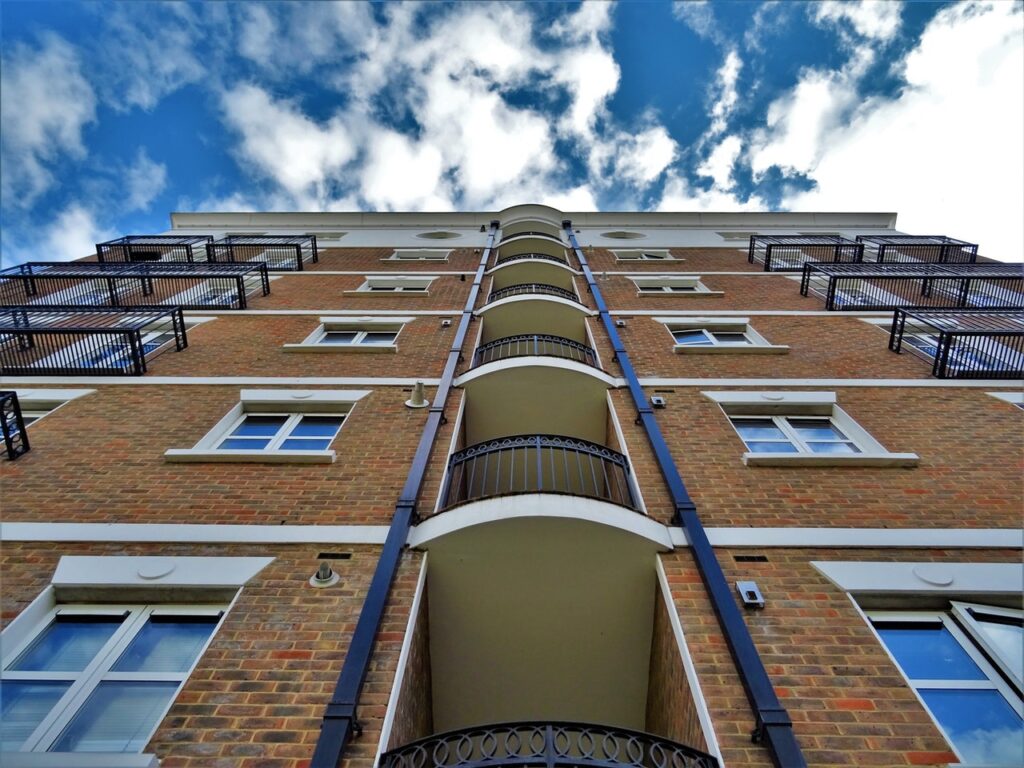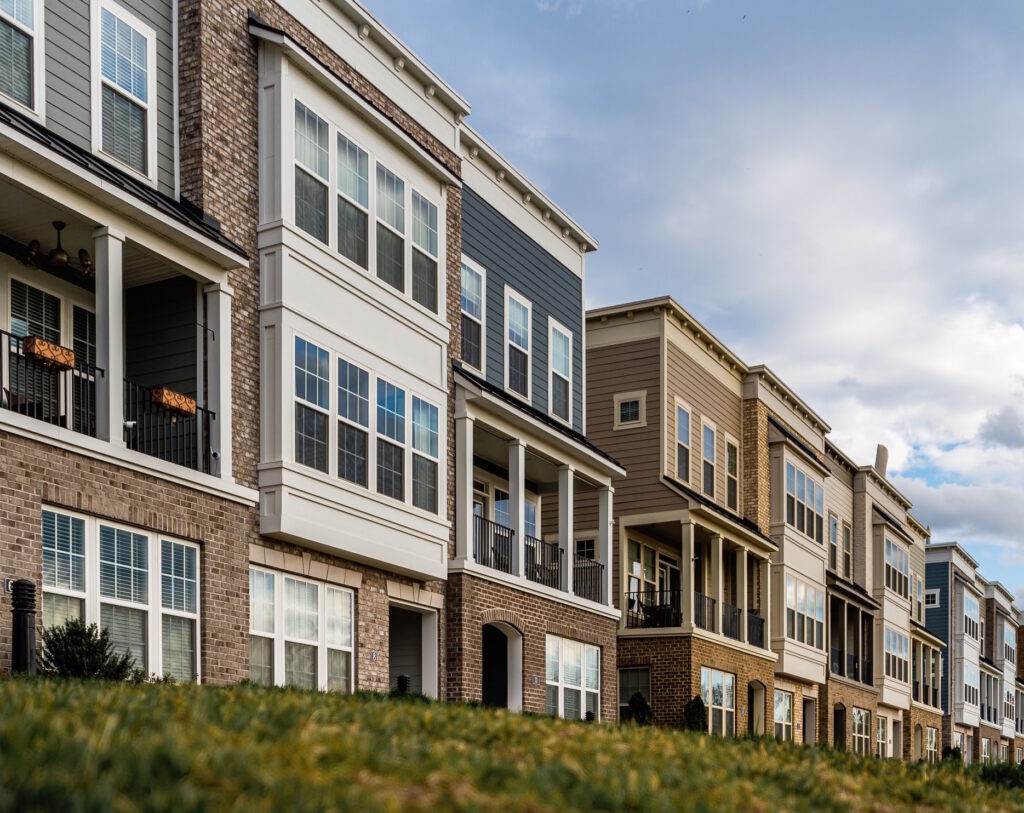
Understanding Inclusionary Housing and Community Needs
An ample amount of communities across the world use what’s known as inclusionary housing for the purpose of providing affordable opportunities in regards to renting and owning properties. Inclusionary housing is also commonly referred to as inclusionary zoning. These opportunities are given at no cost or very little cost to the taxpayer. Developers are also provided with certain incentives that encourage the development of market-rate properties that can be purchased by low-income or moderate-income families.
These incentives ensure that the costs of development are reduced. However, the incentives can take many different forms. For instance, the developer may be able to rent or sell more units than are typically permitted. When put in place, these policies should offset some of the costs that occur when selling units at prices that are below market value. Since these properties are sold at a lower cost to families bringing in low or moderate incomes, there’s less of a need for public subsidy. This article offers a detailed guide to inclusionary housing and how it can benefit the surrounding community.
Key Takeaways:
- Inclusionary housing provides affordable housing opportunities for renting and owning properties.
- Factors that determine inclusionary housing include economic status of the community, housing requirements in the community, and demographic characteristics.
- The policies of inclusionary housing vary from affordable housing. These policy differences are discussed below.
How Does Inclusionary Housing Affect the Surrounding Community?

In order to adequately understand inclusionary housing, it’s important to know how this type of housing affects the surrounding community. Inclusionary housing is considered to be ideal for public officials because more affordable units can be supplied in a given location without needing to first obtain public funding. Over the past two decades, affordable housing has become less and less common, which is a significant problem that city officials have had to deal with in a number of different ways. Because of the lack of affordable housing, inclusionary housing has become a highly popular strategy.
Although inclusionary housing is a relatively recent strategy, it’s been found that this type of housing works best in locations where the market-rate properties are able to be sold for a high enough return to effectively offset the costs of providing properties at lower rates with inclusionary housing. Cities and communities have benefited from inclusionary housing when it has been used as just one aspect of a comprehensive and detailed affordable housing strategy.
The factors that determine how inclusionary housing is used in a given community include:
- Economic status of the community
- Current housing requirements in the community
- Demographic characteristics
Studies have shown that the use of inclusionary housing in a community has brought about an increase in the amount of affordable units that are available. However, the actual size of this increase differs from community to community and depends on a variety of factors. Unlike most other policies that are used for the creation of affordable housing, the affordable properties that are created under the inclusionary housing policy are typically situated in high-income neighborhoods and communities. Because of their placement within high-income neighborhoods, the low-income families that live in these properties will have access to better schools.
A study that was held by the RAND Corporation in 2012 showed that nearly 75 percent of inclusionary housing was situated in neighborhoods and communities with a low amount of poverty. With other affordable housing initiatives, only 33 percent of units were created in neighborhoods with low amounts of poverty. Since the children in these neighborhoods have access to better schools, it’s been found that these children perform better at school when compared to children who attend school in areas that have a higher amount of poverty.
It’s possible for some developers to avoid creating inclusionary housing on-site by paying fees, which are referred to as in-lieu fees. These fees are usually set at a rate that’s lower than the cost of developing on-site, which is why some developers choose to use this option. While some detractors of inclusionary housing believe that this strategy can negatively affect housing prices in the area, inclusionary housing programs are typically able to increase the amount of affordable units that are available without raising market prices.
How Does I.H. Work?

Inclusionary housing programs can work in a number of different ways depending on the method that the community selects. These policies are typically implemented as requirements by the city, which means that communities must have a certain percentage of affordable properties. A certain amount of subsidies and regulatory relief will be provided in many cases to ensure that the cost of lowering the price of units is covered. The majority of these policies are implemented within the local zoning code. It’s possible, however, for an inclusionary housing policy to exist in a neighborhood plan or general land-use plan.
The results of inclusionary housing policies are typically better when the policies are mandatory as opposed to voluntary. While incentives are offered when these programs are voluntary, many markets and communities will choose to ignore the program. To safeguard against this issue in neighborhoods where an inclusionary housing program isn’t mandatory, certain localities have tied voluntary inclusionary housing with requests by developers for substantial rezoning. This option has proven to be successful in locations where mandatory affordable housing was blocked for political or market reasons.
When implemented correctly, these policies have worked well in high-opportunity neighborhoods, which has allowed for the creation of mixed-income neighborhoods. This policy is relatively simple to implement when additional market-rate properties are being developed or are expected to be developed in the near future. Communities that are currently growing should pair well with inclusionary housing.
When an inclusionary housing program is implemented, it can cover certain neighborhoods or districts. However, these programs could also apply to an entire jurisdiction. As mentioned previously, they can be mandatory or voluntary. When these policies are applied to an entire jurisdiction, incentives are usually offered to developers, which could include reducing overall fees for development, allowing for an increase in density, or expediting the building permit process. The majority of these policies will also require that all units continue to be affordable for at least three decades.
Inclusionary housing works differently for numerous entities. For instance, renters and buyers will be provided with affordable housing that can be purchased in areas and neighborhoods that would typically be out of their price range. Single-family homes and apartment buildings can be part of inclusionary housing. As for real estate agents, inclusionary housing allows these agents to expand their customer base for the area that they operate out of. With developers, inclusionary housing can be costly when the properties are designed to be sold below the current market value. To offset these costs, many communities will offer various incentives. Each community or area differs in how they handle inclusionary housing programs.
Elements of Inclusionary Housing
There are many elements of inclusionary housing that differ from other affordable housing options. These policies are typically tailored to the individual community in order to address market conditions or housing needs in the area. Most policies will focus on specifying:
- Participation – It’s possible for participation in one of these programs to be either voluntary or mandatory
- Geographic scope – The scope of an inclusionary housing program can be jurisdiction-wide or very specific with a focus on a particular neighborhood
- Development types – The types of developments that fall under this policy will be denoted and can include commercial development, rental housing, or for-sale housing
- Percentage of units – The actual percentage of units in the area that must be made affordable will be identified in the policy
- Incomes that apply to these units – This centers around the levels of income that the properties are being developed for
- Affordability duration – Amount of years that the property must be affordable, which is typically set at 30 years
- If incentives are provided – Cost-reducing benefits or density bonuses may be offered to developers
- Appeal process – The process that’s necessary to obtain a waiver for the inclusionary requirements will be detailed
- Alternative compliance options – The area may be able to comply with inclusionary requirements in different ways, which could include paying a fee, building the units at an off-site location, or dedicating a certain amount of land
The exact features of inclusionary housing are very similar from jurisdiction to jurisdiction. However, municipalities have flexibility when it comes to the specific aspects of the policy. For instance, a municipality could alter the requirements to better suit the needs of their community. The added flexibility makes it easier for municipalities to meet housing needs while also making sure that new developments continue to be economically viable.
Los Angeles New Inclusionary Housing

Los Angeles has recently created new inclusionary housing throughout the county. This ordinance was formally adopted on November 10 and includes some notable changes. For instance, developers who are looking to create properties within the unincorporated communities of Los Angeles County will be required to properly set aside a portion of the units to be used for affordable housing.
Nearly all rental housing projects that have at least five units must include some apartments for low-income households. Depending on the project location and affordability level, developers have the ability to set aside 5-20 percent of their units for affordable housing. The same is true of for-sale properties.
While inclusionary housing can come in several different forms, this type of policy has proven to be beneficial to many communities. Along with providing low-income and moderate-income households with more housing opportunities in low-poverty neighborhoods, the children of these households are also given access to better schools and educations. Because of the increase in popularity of inclusionary housing over the past decade, more and more communities are likely to opt for this specific policy when attempting to create affordable housing.

Jason Somers, President & Founder of Crest Real Estate
With over 15 years of professional experience in the Los Angeles luxury real estate market, Jason Somers has the background, judgement and track record to provide an unparalleled level of real estate services. His widespread knowledge helps clients identify and acquire income producing properties and value-ad development opportunities.
Learn more about Jason Somers or contact us.



